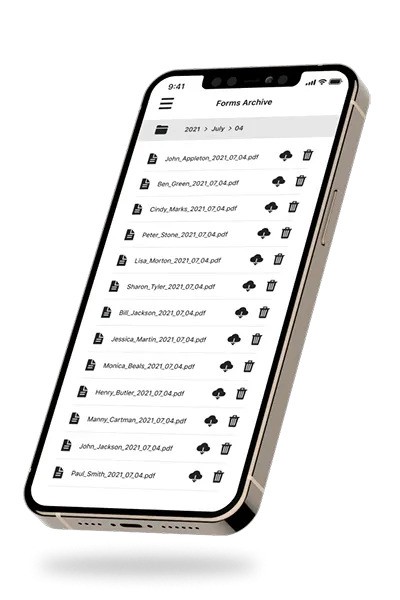Tattooing is more than just an art form; it is a professional service that demands a high level of responsibility and legal awareness. One of the most critical aspects of this responsibility is the use of tattoo consent forms. These forms protect both the client and the tattoo artist by ensuring that all parties are fully informed and agree to the terms of the procedure. In this comprehensive guide, we will explore everything you need to know about tattoo consent forms, including their importance, components, and implementation.
What is a Tattoo Consent Form?
A tattoo consent form is a legal document that clients must sign before getting a tattoo. It serves multiple purposes, including:
- Legal Protection: Documents the client’s agreement to the procedure and their understanding of the risks involved.
- Health and Safety: Collects vital health information to ensure the client is fit for the procedure.
- Client Information: Gathers personal details for record-keeping and future contact.
Why Are Tattoo Consent Forms Important?
Legal Protection
Tattoo consent forms are essential for protecting the tattoo studio and the artist from potential legal issues. By signing the form, clients acknowledge that they understand the procedure, the risks involved, and the aftercare instructions. This documentation can be crucial in defending against any legal claims that may arise.
Health and Safety
Health and safety are paramount in the tattoo industry. Consent forms typically include questions about the client’s medical history, allergies, and any conditions that might affect the tattooing process. This information helps the artist take necessary precautions and ensure a safe experience for the client.
Client Information
Consent forms also serve as a valuable tool for collecting client information. This data can be used for follow-up appointments, marketing efforts, and maintaining detailed records of each client’s tattoo history and preferences.
Components of an Effective Tattoo Consent Form
A comprehensive tattoo consent form should include several key elements:
Personal Information
Collect the client’s basic personal details, such as:
- Name
- Address
- Phone number
- Email address
Medical History
Include questions about the client’s medical background, such as:
- Known allergies
- Current medications
- Pre-existing medical conditions
- History of skin reactions or conditions
Tattoo Details
Outline the specifics of the tattoo procedure, including:
- Description of the tattoo design
- Placement on the body
- Estimated duration of the session
- Potential risks and complications
Aftercare Instructions
Provide detailed aftercare instructions to ensure proper healing and minimize the risk of infection. This section should cover:
- Cleaning and moisturizing the tattoo
- Avoiding direct sunlight and water immersion
- Recognizing signs of infection and when to seek medical attention
Consent and Signature
The form must include a section where the client acknowledges their understanding of the procedure, risks, and aftercare instructions. Both the client and the artist should sign and date the form to make it legally binding.
Digital vs. Paper Consent Forms
In the modern age, many tattoo studios are shifting from traditional paper forms to digital consent forms. Each method has its advantages and disadvantages:
Paper Forms
Pros:
- Simple to implement without technology
- Physical copies can be stored easily
Cons:
- Prone to damage or loss
- Time-consuming to fill out and store
Digital Forms
Pros:
- Easily accessible and stored securely online
- Quick to fill out on tablets or computers
- Environmentally friendly
Cons:
- Requires access to digital devices
- Needs a reliable internet connection
Implementing Tattoo Consent Forms in Your Studio
Choosing the Right Format
Decide whether to use paper or digital consent forms based on your studio’s needs and resources. Many studios find a combination of both methods to be effective, offering clients the choice of their preferred format.
Creating a Comprehensive Form
Ensure your consent form covers all necessary elements. Consider consulting with a legal professional to ensure it complies with local regulations and industry standards.
Training Your Staff
Train your staff thoroughly on the importance of consent forms and how to use them correctly. They should know how to explain the form to clients, collect necessary information, and store the forms securely.
Regular Updates
Regularly review and update your consent forms to keep them current with any changes in regulations or industry practices. This ensures that your forms remain comprehensive and legally sound.
Conclusion
Tattoo consent forms are an indispensable part of running a professional and reputable tattoo studio. They protect both the client and the artist by ensuring everyone is informed and agrees to the terms of the procedure, risks, and aftercare. By implementing detailed and thorough consent forms, you can enhance the safety, legal security, and overall experience of your clients.
Tattoo Studio Pro offers free tattoo forms, your go-to platform for digital release forms. Tattoo Pro is not just free, it’s incredibly easy to use and designed to streamline your tattoo studio operations. With Tattoo Forms, you can say goodbye to the hassles of traditional paperwork.



